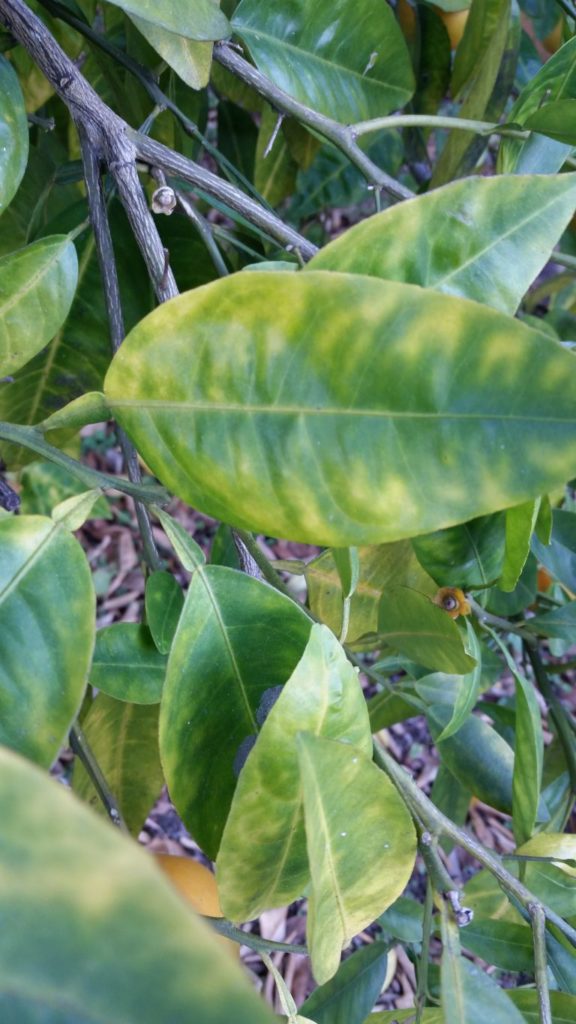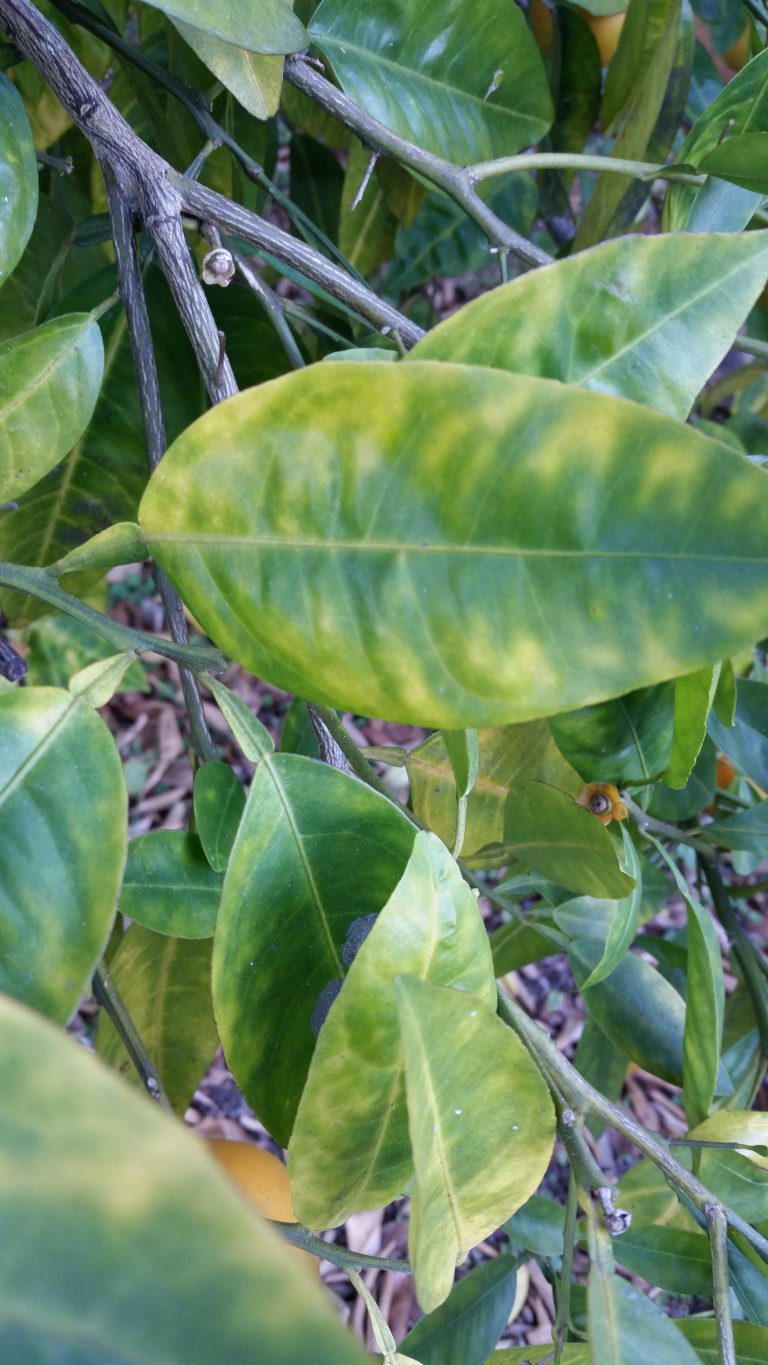Regular scouting for Asian citrus psyllids and citrus greening disease is critical for Georgia’s citrus industry to remain healthy. That advice applies to both commercial growers and homeowners, Jonathan Oliver, University of Georgia (UGA) assistant professor and small fruits pathologist, said during the recent Citrus Grower’s Summer Update meeting in Valdosta.

Oliver encouraged all growers to scout for the disease to prevent the spread of citrus greening in commercial groves. He added that if homeowners would inspect their trees periodically for psyllids, treat infestations and potentially remove diseased trees, it would really help the industry.
Citrus greening was observed in a Georgia commercial grove for the first time in 2023, an alarming development for an industry still in its infancy. The disease has been in Florida since 2005. Oliver said more than 80% of Florida citrus trees have been affected, resulting in more than $4.5 billion in losses.
If Georgia’s industry is to avoid a similar fate, it will need to act promptly to remove any infected trees. The first step is to know what to look for.
“Citrus greening causes a distinctive blotchy mottle symptom on leaves. The fruit will ripen irregularly or stay small. Usually that’s at a later stage of infection and may only be present on one branch initially. Active scouting is important for that,” Oliver said.
“It may be easier to spot the psyllid, so putting out yellow sticky traps along the edge of your grove is a way that we have detected psyllids. Looking for the psyllid may be a first sign that something is going on. Of course, if you have psyllids in your grove, and possibly reproducing in your grove, then putting out insecticides would be important to keep those populations down.”

By Clint Thompson










